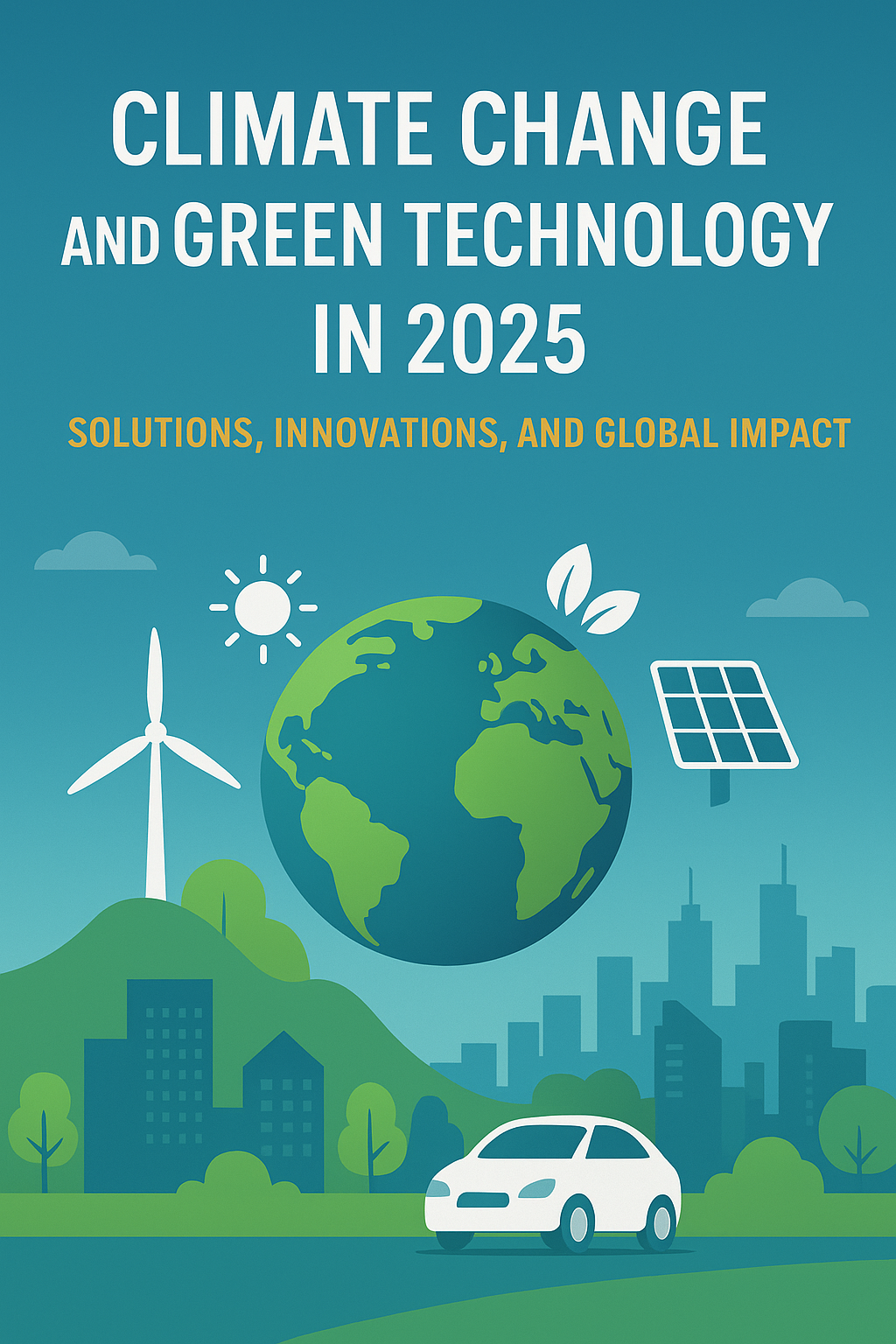-
Tipping Point — What It Is, Why It Matters, and What We Can Do About It
A “tipping point” sounds dramatic — because it is. In climate and ecology, a tipping point is a critical threshold where a small additional change can push a whole system into a completely different state — often rapidly, and often with long-lasting consequences. Simply put, it’s that moment when gradual change turns into something sudden…
Written by

-
Waste-to-Energy Around the World: Global Success Stories
Imagine walking through a city where the trash trucks are part of the power grid. Where what was once a stinky pile of waste now helps light up homes, power factories, or warm buildings. That is not the future—it is happening now, across the world. Let’s explore some of the most inspiring success stories, then…
Written by

-
From Trash to Treasure: The Fascinating World of Waste-to-Energy
Discover how waste-to-energy (WtE) turns garbage into electricity, heat, and fuel. Learn about methods, global examples, pros and cons, and why WtE is key to a sustainable future.
Written by

-
Rare Earth Elements in 2025: Resources Powering the Future of EVs, Wind, and Geopolitics
What are Rare Earth Elements (REEs)? Rare earth elements (REEs) are a group of 17 chemically similar elements: the 15 lanthanides, plus scandium and yttrium. Despite their name, REEs are not actually rare. Many are as abundant as copper in the Earth’s crust. What makes them “rare” is the challenge of finding concentrated, mineable deposits…
Written by

-
Eco-Friendly Ganesha Idol Visarjan: Sustainable Ways to Celebrate Ganesh Chaturthi
Ganesh Chaturthi is one of the most celebrated festivals in India, marking the arrival of Lord Ganesha into our homes and communities. While the celebrations bring joy, music, and devotion, the traditional visarjan (immersion of idols in rivers, lakes, or seas) often causes severe environmental harm. Idols made of Plaster of Paris (PoP) and coated…
Written by

-
Climate Change and Green Technology in 2025: Solutions, Innovations, and Global Impact
Introduction Climate change is the defining challenge of the 21st century. Rising temperatures, melting glaciers, extreme weather events, and biodiversity loss are no longer distant warnings—they are daily realities. The urgency to act has never been greater. In 2025, green technology has emerged as the most powerful weapon in humanity’s fight against climate change, offering…
Written by

-
Understanding the Indian Monsoon: Rainfall,& the Science of Cloudbursts
Introduction Why Indian Monsoon Matters The Indian monsoon is not merely a weather event—it’s the heartbeat of the subcontinent. From replenishing water bodies to sustaining crops, it impacts 70% of agriculture, millions of livelihoods, and even stock market trends. But beyond rainfall, the Indian monsoon is also a story of cloudbursts, climate change, satellite science,…
Written by

-
Weather vs Climate: Key Differences, Components, and Scholarly Definitions
Introduction Weather and climate are two fundamental concepts that shape life on Earth. While both deal with atmospheric conditions, they differ in scope, time scale, and influencing factors. Weather refers to short-term atmospheric conditions, while climate describes the long-term average patterns of weather in a region. Together, they influence ecosystems, human societies, agriculture, infrastructure, and…
Written by

-
India’s Climate Reality — Flash Floods, Avalanches & the Call for Resilience
A Wake-Up Call from the Himalayas On 5 August 2025, a sudden cloudburst—or possibly a glacial lake outburst flood—triggered massive flash floods in Dharali village, Uttarkashi, Uttarakhand. Torrents of water, debris, and mud swept away homes, roads, shops, and at least four to five lives, with more than 50 people initially reported missing. Rescue efforts…
Written by

